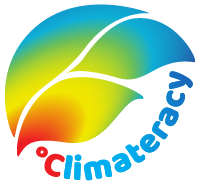0.6.3 What does it all mean for educational practice?
admin February 3, 2022
1. Be aware of students' basic psychological needs

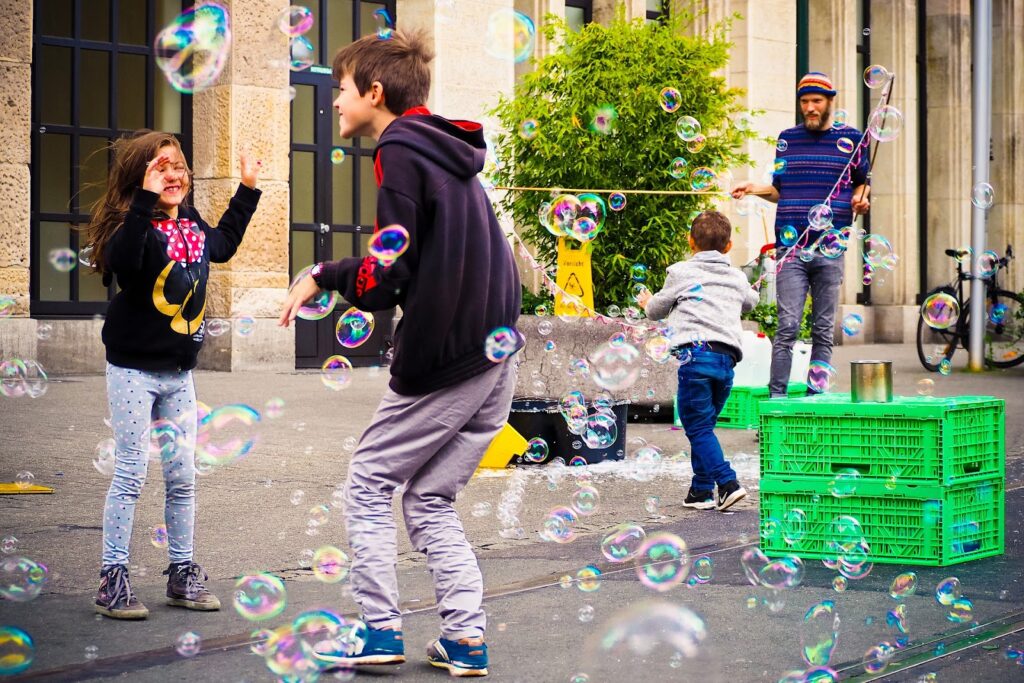
Image source: Pixabay & Canva (open source)
It is well-known that students self-regulate in the learning process if their basic psychological needs – feelings of relatedness (belonging to a group, meaningfulness), competence (ability to do something) and autonomy (opportunity to decide for oneself) – are supported and nurtured (Ryan & Deci, 2000). In the case of climate change, the meaningfulness of the topic is especially important – students may ask: “How is this problem my problem? How does it relate to my life and dreams?” Also important are students’ feelings of competence – “What could I possibly do about the problem?” “Can I do the learning tasks the teacher asks me or are they too difficult?” And last but not least feelings of relatedness are important – “How do those people closest to me see the climate change topic, do they care or will I become “weird activist” if I engage?” If these three basic needs of students are ignored, students’ self-regulation and well-being could hardly emerge. It is a good idea to see your students as intelligent thinkers, take their perspective seriously and discuss their views about climate change, step by step so they can find the meaning in it.
What supports autonomous motivation and what does not?
😊 For example: taking enough time to listen to students’ thoughts, ideas, understandings, fears, worries about the climate change topic. Accepting their negative feelings and their pace of constructing their understandings. Co-creating with them and listing the reasons why studying the topic of climate change would be meaningful to them while adding your expert knowledge and helping to construct correct concepts step by step, without haste or pressure.
😕 For example: starting with explaining the topic, to convince them about the importance of it. Putting – in any form – pressure on the students, e.g., making them feel guilty. Not accepting their feelings (like anxiety, hopelessness, hate, fear), not allowing them the cognitive autonomy (i.e. students being the ones who make sense about the topics at their own pace).
2. Students' minds should be active during learning, knowledge should be constructed and the learning should be interactive
There is no one methodology or strategy that is right for teaching and learning about climate and climate change on its own, therefore there are many types of instruction that can be used. Nevertheless, there is a broad consensus that teaching for sustainable development (incl. to tackle climate change) is most effective when it applies active, participative and experiential learning methods that engage the learner and make a real difference to their understanding, thinking and ability to act for sustainable development.
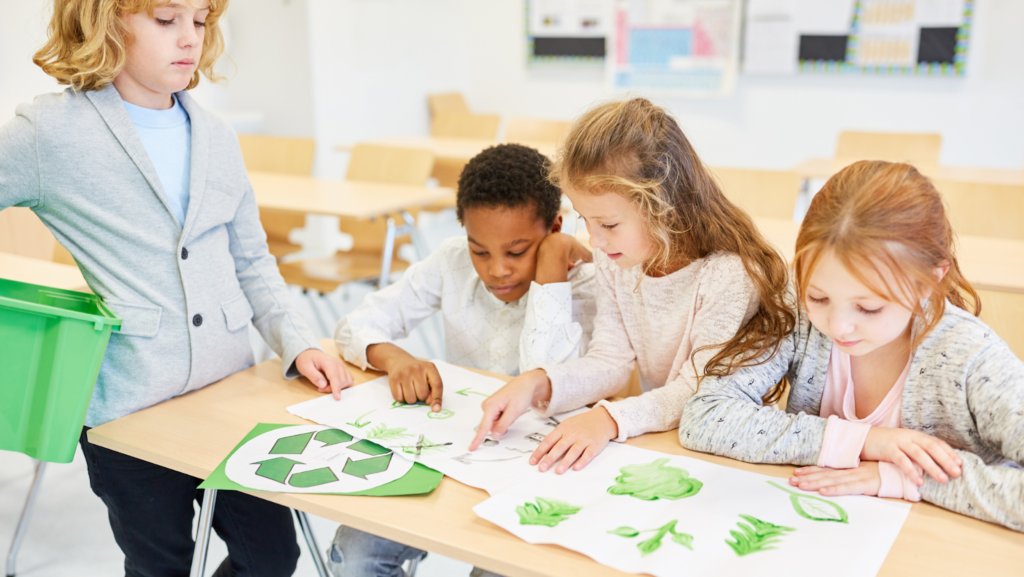
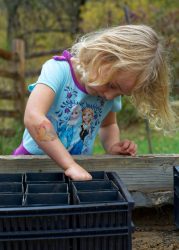
Image source: Pixabay (open source)
In other words, learning only happens if students’ minds are activated, and they have the possibility to construct the new concepts themselves, make mistakes and put in effort (Chi & Wylie, 2014).
Experiential and constructivist pedagogical methods for learning are usually effective (O’Flaherty & Liddy, 2017). These include but are not limited to: place-based activities to address learners’ sustainability knowledge related to their local environment, demonstration and case studies, role play, project-based learning and similar methods (e.g. problem-based or inquiry learning), debates, etc.
Good to know!
To support active learning, digital tools have a role, too.
Exercise
- How can digital tools and resources support learning and teaching about climate change? What good digital resources can you recommend to your colleagues? Post your answer in the forum and comment on at least one other post. Mark ‘completed’ when you have done this task.
- Optional: Watch the webinar below to get ideas for how to use digital tools to support learning about climate change and taking action.
Also, one of the main principles of education for sustainable development (ESD) is that it should engage and develop the ‘whole person’: the practical dimension of doing (hands), affective dimension (heart), and cognitive dimension (head), all in relation to ‘real-world’ context (Mahmud, 2017). The hands-heart-mind concept is also related to the concept of ‘multi-sensory’ learning, where students learn using more than one sense (auditory, visual, physical touch) at a time, which also helps learners make connections.
Experiential learning methods are also considered an effective way to help students develop transferable ‘21st century’ competencies, such as the ability to solve problems in novel contexts, develop leadership, social skills, critical thinking, collaboration and creativity among others (Barron & Darling-Hammond, 2008; Bell, 2010; Condliffe, 2017; Sobel, 2004). All these competencies play an important role in climate change education too.
What is activating students' minds and what is it not?
😊 For example, allowing the activation of previous knowledge and starting with students solving a problem would be activating.
😕 For example, starting with lecturing and presenting solutions or answers could be passivating.
We learn only if we process information deeply and construct new knowledge – that is, we connect in our working memory the new information with the information we already know. It happens only if
- we have a chance to think about or discuss the presented information and create something new out of it;
- if we solve non-trivial (meaningful, open-ended) problems;
- if we can put in effort;
- need to use our metacognitive skills and make and discuss our mistakes.
In many cases, students might appear active in the lesson, but they are not really cognitively deeply involved. Activity could be superficial and students not really given an opportunity to (take the time to) problem-solve, construct or organize new information in students’ minds.The human mind learns best if it constructs and reconstructs material, and when people formulate principles and conclusions themselves (as opposed to getting “polished products” handed to them). In other words, allow your students to work with and add something to the presented knowledge by asking, elaborating, visualising, making prognoses, judgments, comparisons, conclusions and the like, enabling the students to use various thinking operations.
What is constructive learning and what is not?
😊 For example, if students are given a chance and encouraged to problem-solve before giving them a solution; ask, elaborate, prognose, judge, compare information bits; offer and visualise models, explain relationships, verbalize principles, seek new information etc based on the material they learn.
😕 For example, if they re-use/recite/repeat the learned material more or less verbatim or just fill in the gaps with knowledge that is presented to them.
Key takeaway: The rule of thumb is that the one who is the most active in their mind, learns the most. Make sure it is the students, not the teacher. The students should construct and organize new knowledge.
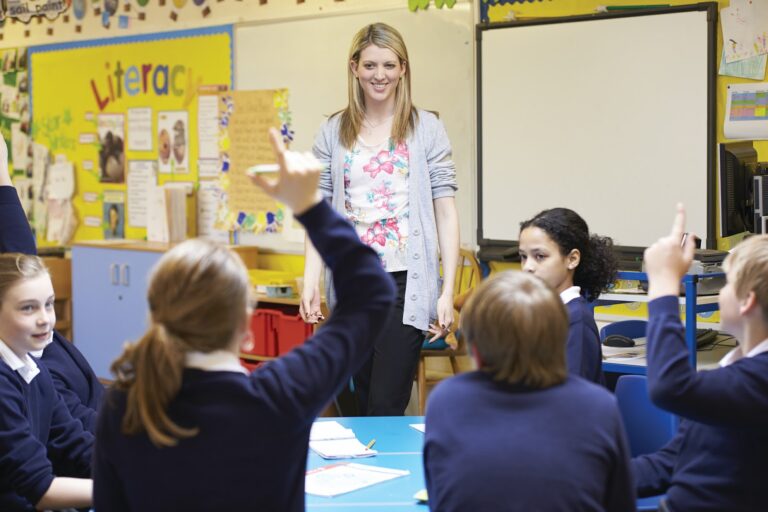
Image source: Canva (open source)
Good to know!
Failures can be extremely extremely useful for learning – if you eliminate failures, you eliminate learning. The reason why we actually learn from mistakes is the post-error analysis in our mind, not the mistake as such. Hence, the learning design that first asks to solve the problem and delays the direct instruction, allows many learning-enhancing conditions, and one of them is mistakes. Also, the student gets an idea that their knowledge is insufficient and the perceived need for correct knowledge is more likely.
Good to know!
Use smart strategies for long-term learning. Based on what we know about how our memory functions – Smart memory strategies – encoding, retrieval practice, distribution of practice, variability of practice
– why we do not use multiple-choice etc
Still, being active and constructive may also not be sufficient. In interaction with others (e.g. students, teachers, experts, community members) students’ constructive thinking should be made visible. Their development of conceptions step-by-step (through many temporary misconceptions that appear on the way) can be discussed and corrected. Interaction is fruitful if students’ generate ideas that would not appear if the person would learn alone. So, if the learning task asks or enables the students to be in an intensive dialogue and share what they have constructed in their minds, then this aspect should never be left out.
When is learning interactive and when is it not?
😊 For example, if students are given a chance and encouraged to do constructive activities jointly – if they both make substantial contributions to the topic, by, e.g., asking justifications to the others’ positions, explaining their viewpoints to the other, arguing and debating; clarifying, correcting, elaborating etc.
😕 For example, if they just take turns to hold mini-lectures to the other; or if one side is dominating and doing most of the contribution and other is just agreeing (so-called individual dialogue).
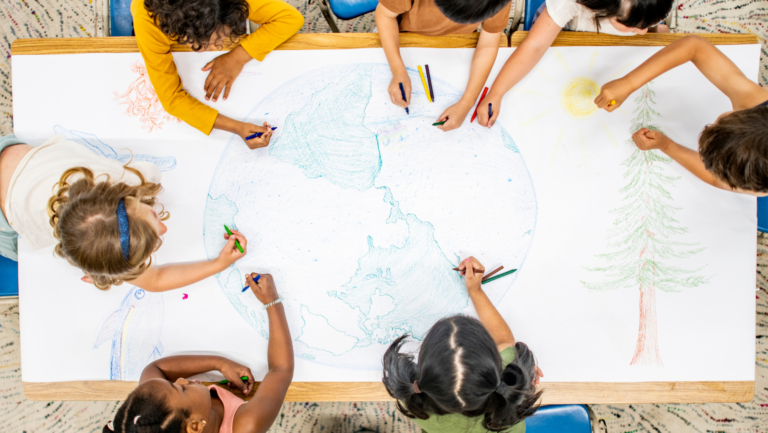
Image source: Canva (open source)
“Effective climate change education programs are personally relevant and meaningful, use engaging teaching strategies, encourage deliberative discussion to explore and navigate disagreements and controversial issues, engage participants in the scientific process, address misconceptions, and/or incorporate school or community projects for participants to take action.”
Source: https://naaee.org/eepro/research/eeworks/climate-change (referring to Monroe et al, 2017)

